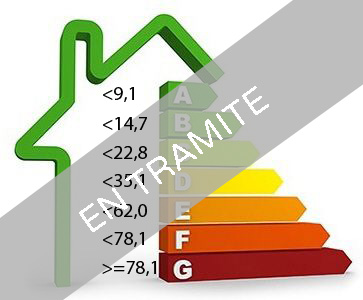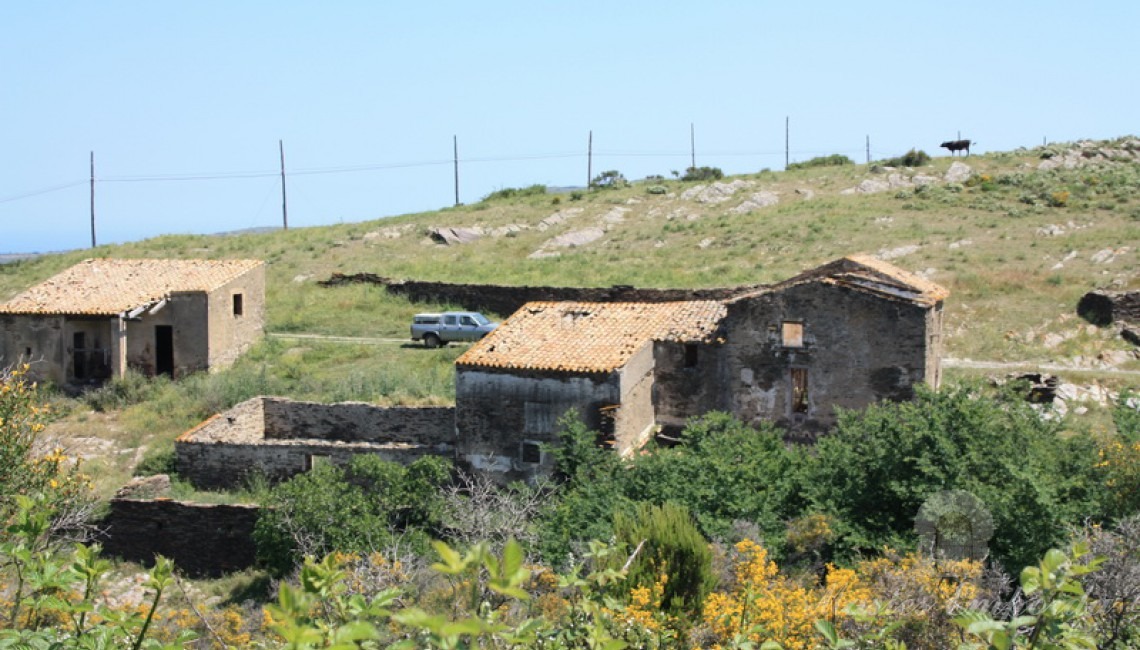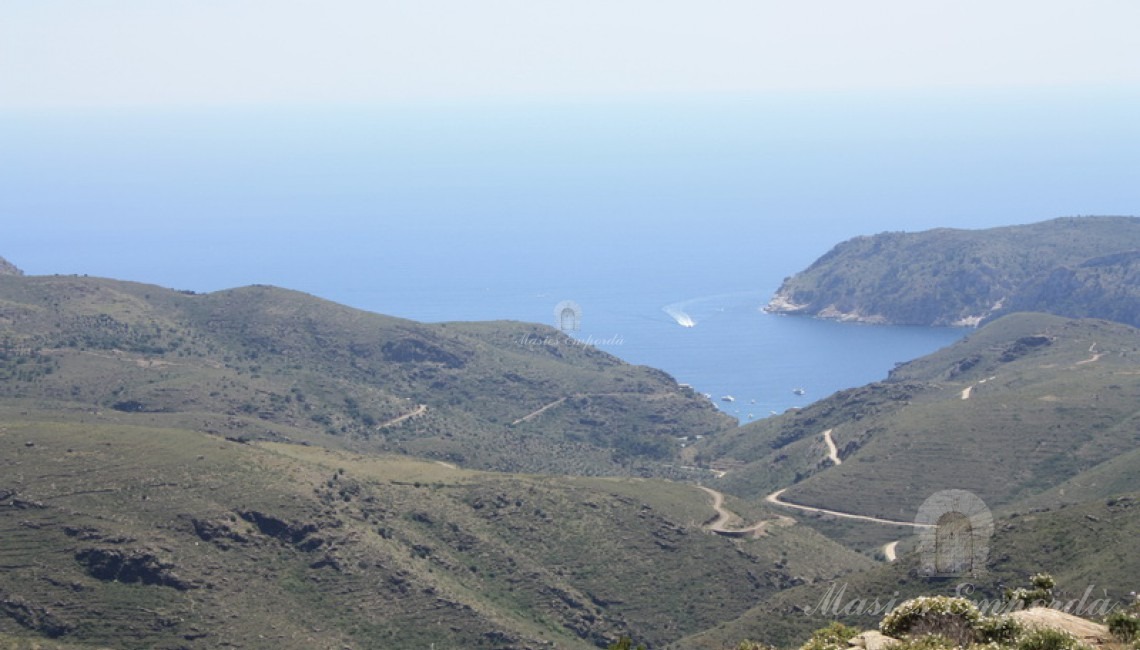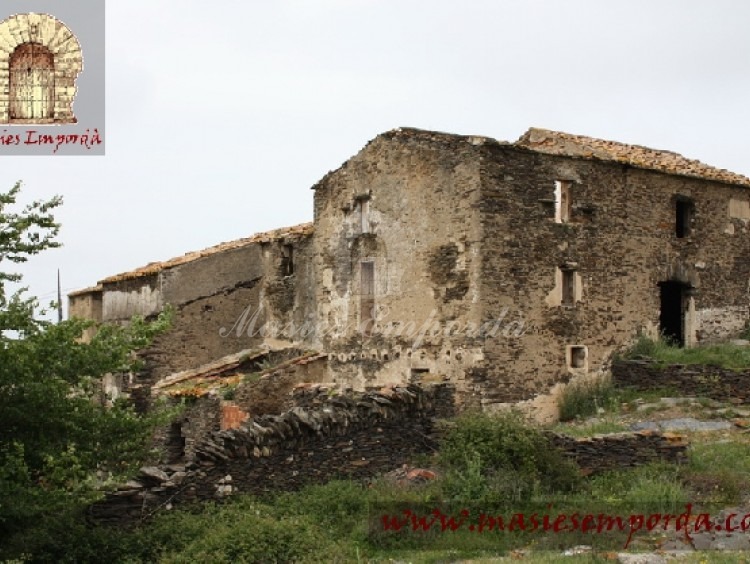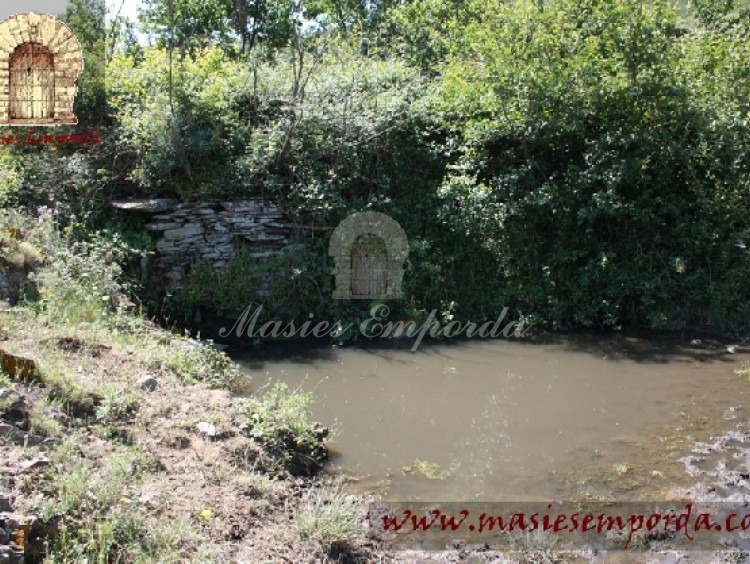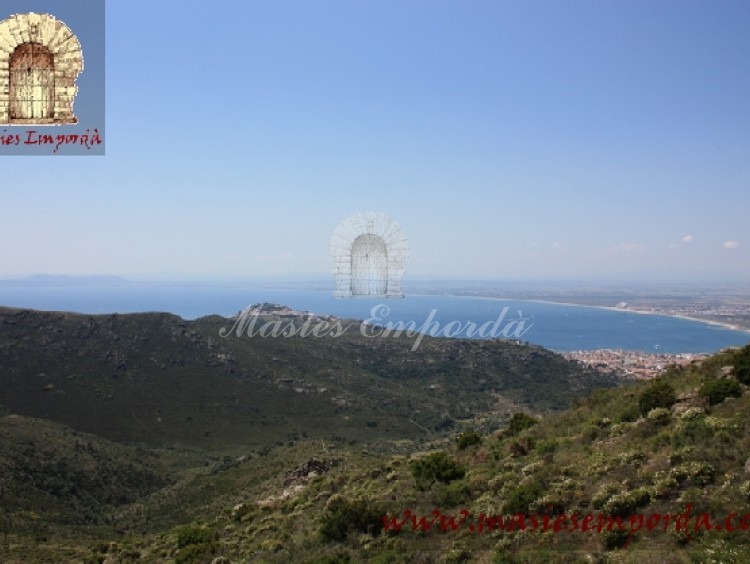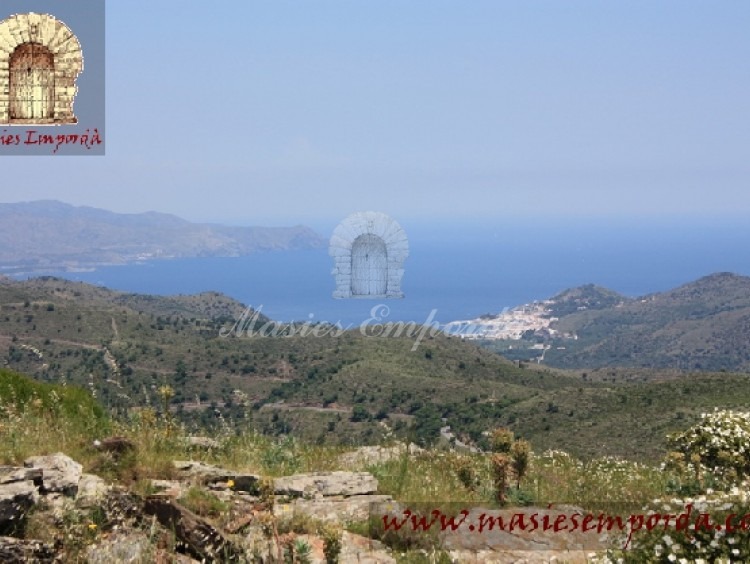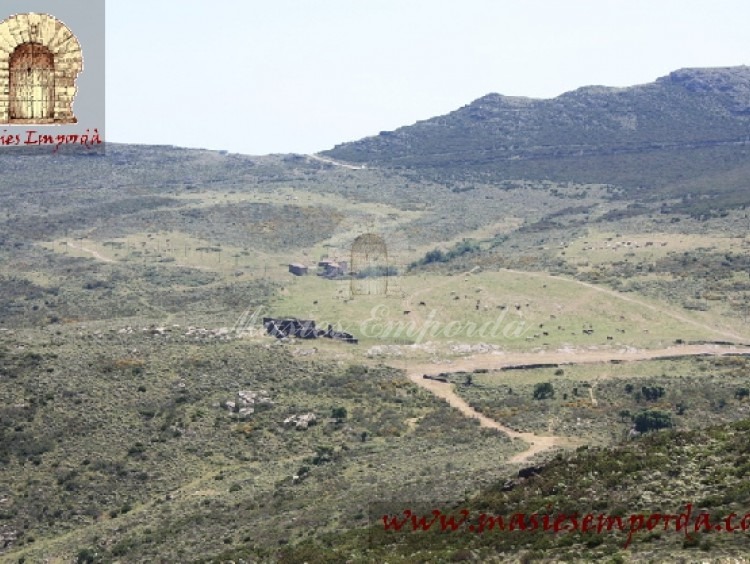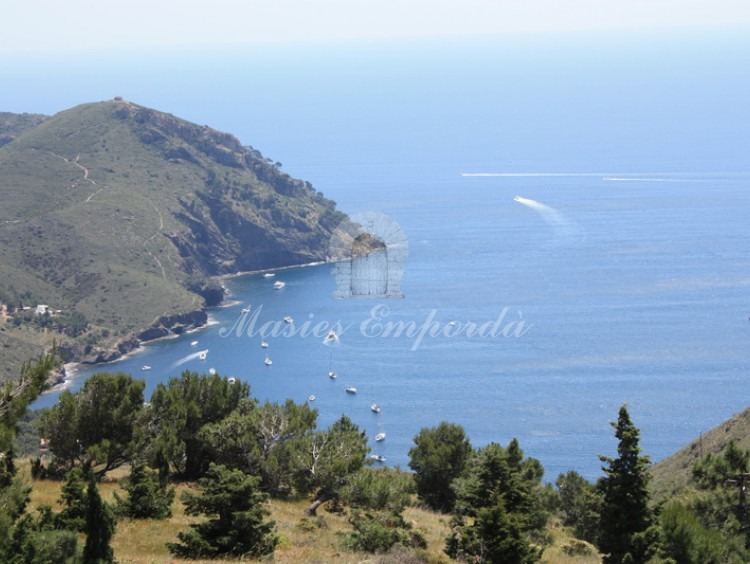Masia the XVII Century restore pending. Alt Empordà
Description
Traditional Country House
In between Roses town and Cadaqués village, Alt Empordà region, Girona province, Catalonia
Description
Buildings: 4 (main house + secondary house attached to the main house + barn + corral)
Built in the 17th century. 750 sq m. Unrestored.
The property was built in a spectacular and unique setting; in the middle of a valley surrounded by fields and hills, right in between Roses town and Cadaqués village.
The access to the property from the road is excellent.
There is a path that goes from the property to Cap Nofreu’s beaches. Cap Nofreu is a magnificent cape at the sound-east end of the Cap de Creus Natural Park (25 km south of the French border).
Land: 70 hectares
The land can be used for cattle, horse herding and/or for vineyard (it belongs to Empordà DO official wine region).
Installations
Water: Yes (natural well + natural spring 50 m away from the main house)
Electricity: No (the electricity line is only 500 m away from the main house)
Location
Closest settlement: Roses town (15 km) and Cadaqués village (15 km)
Distance to Girona city: 74 km
Distance to Girona’s airport: 80 km
Distance to Barcelona city: 173 km
Distance to Barcelona’s airport: 173 km
This property is also close to:
Cap de Creus Nature Reserve: The most easterly point of the Iberian Peninsula, only 25 km South of the French border, and the site where the Pyrenees mountains meet the Mediterranean Sea. Its extraordinary rocky lunar landscapes, untouched small bays, local flora and rare species of sea birds make it unique place. It is considered an underwater paradise for divers and a magnificent natural park for hikers.
Cadaqués: Spectacular old fishing village that attracted artists as famous as Salvador Dalí, Pablo Picasso or Joan Miró. Bohemian and sophisticated at the same time, the village has managed to keep its charm and spirit by protecting its stunningly beautiful old quarter, which is famous for its little narrow streets, whitewashed houses and churches, small cafés and restaurants, art galleries and museums.
Roses: Seaside town popular for its several long sandy beaches and for being a mecca for golf players and water sport lovers. It also has an important fishing fleet that provides daily fresh fish and seafood to the local restaurants. Roses was home to the three-Michelin-star-restaurant El Bulli, owned by chef Ferran Adrià, which was one of the best and most famous restaurants in the world until its closure in 2011.
Medes Islands (L’Estartit): Small and craggy group of seven protected islets that have an important and diverse marine reserve. An authentic paradise for scuba divers.
Castle of Púbol: Home to surrealist painter Salvador Dalí and his wife Gala (buried here). It is currently a museum open to the public and it is part of the Dalinian triangle along with Portlligat and Cadaqués villages. The stunning and peaceful village where the castle is, Púbol, has managed to keep its medieval flair.
Monells, Peratallada, Palau-Sator and Pals villages: Group of medieval villages with historic-artistic monuments, castles, palaces, beautiful stone buildings, rutted stone streets and passageways, cosy restaurants and cafés, stylish boutique hotels and art galleries.
Begur, Tamariu, Llafranc and Calella de Palafrugell seaside villages: Group of old fishing villages that have managed to retain their individuality and charm and have not been overdeveloped.
Sa Tuna, Sa Riera, Platja Fonda, Fornells and Aiguablava beaches: The most prestigious, untouched and underdeveloped seaside spots in central Costa Brava.
Location
